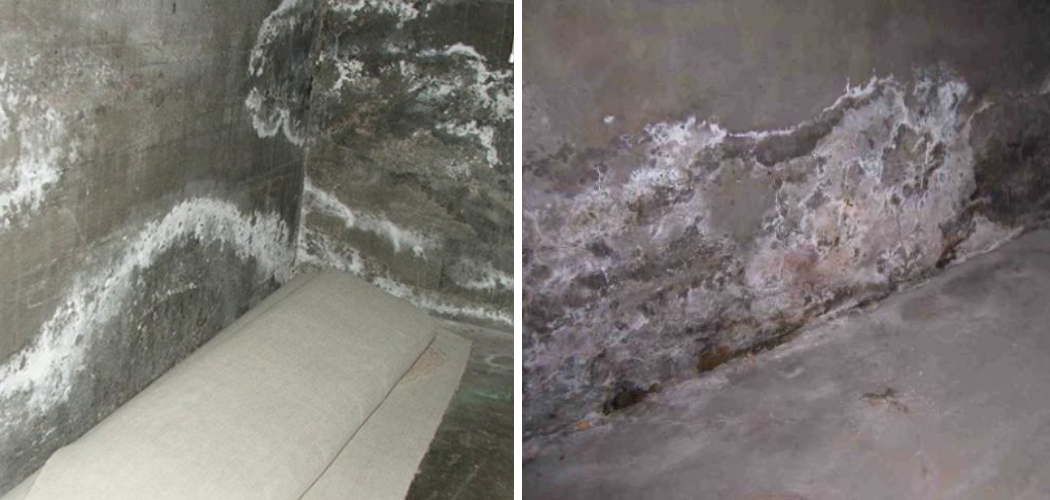If you are like most homeowners, it’s no surprise that moisture in the basement can wreak havoc on your walls. Whether from an old water leak or dampness seeping into the walls, white powder forming on your basement walls is a common occurrence. But don’t fret – tackling this problem isn’t as daunting as it may seem!
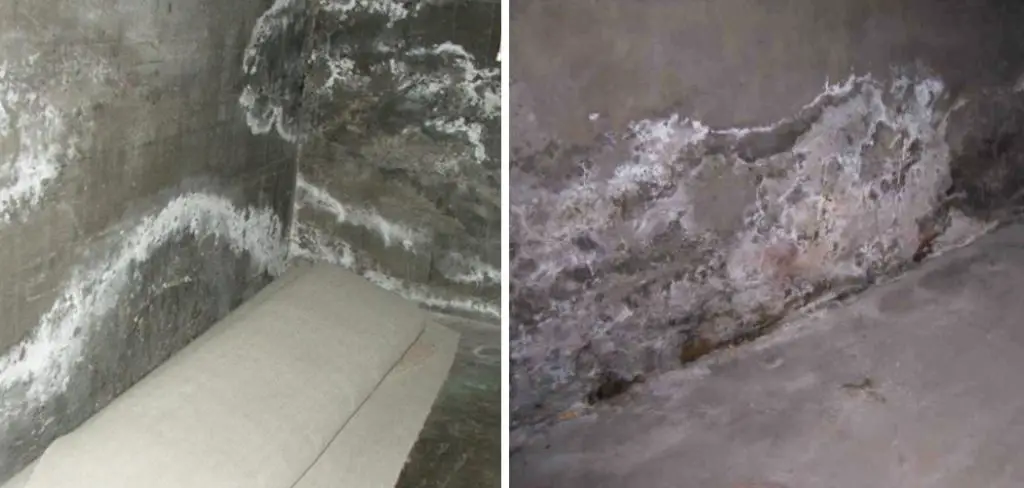
In this blog post, we’ll share our top tips for how to get rid of white powder on basement walls and ensure they stay free of any damaging flaws. Whether you have serious mold issues to contend with or just need some preventative maintenance advice, we’ve got all the information you need to keep your home safe and dryer than ever before! So let’s get started — read ahead to learn more about how to get rid of white powdery streaks from your subterranean sanctuary today!
What Causes White Powder on Basement Walls?
White powder or streaks on basement walls is often caused by a few common things. The most likely culprits of white powder in your basement are either efflorescence or mold spores.
Efflorescence is the crystallization of minerals that builds up on surfaces due to moisture seeping through walls. It’s a common issue in older homes or those with poor drainage systems.
Mold spores, on the other hand, can occur due to high levels of humidity and moisture within the basement walls. They are harmful to breathe in and can cause health issues over time if not taken care of promptly.
9 Best Ways on How to Get Rid of White Powder on Basement Walls
1. Clean the Walls:
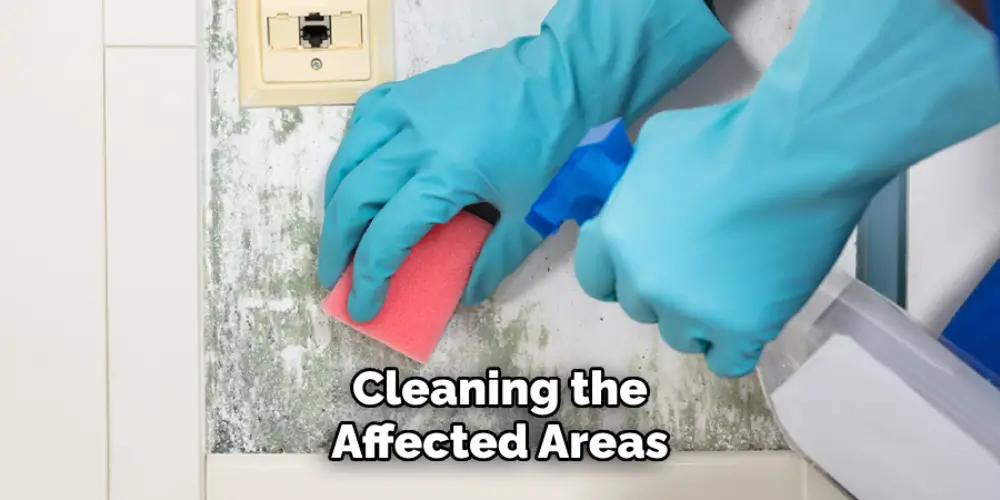
To get rid of white powder on basement walls, start by thoroughly cleaning the affected areas with a damp cloth and mild detergent. This will help to remove any loose particles or dust that may have built up over time. Cleaning your walls regularly can also help to prevent further accumulation of white powder.
2. Apply a Sealant:
Once the walls are clean, you may want to apply a sealant to help keep moisture out. This will not only protect your basement from future water damage, but it can also help keep mold spores at bay as well. Make sure to follow the manufacturer’s instructions carefully when applying the sealant.
3. Install a Dehumidifier:
Installing a dehumidifier can help to reduce the humidity in your basement and keep it dryer than ever before. This is a great way to prevent white powder from accumulating, as well as preventing mold growth. It’s important to change the filter regularly and empty the collection tank as needed.
4. Open Windows:
One simple, yet effective way to reduce the moisture in your basement is to open windows on hot days. This will help to ventilate the space and lower humidity levels without having to purchase a dehumidifier or other expensive equipment. Just don’t forget to close them when it rains!
5. Clean Gutters and Downspouts:
It’s also important to clean your gutters and downspouts regularly as they can be a major source of water infiltration in basement walls. Make sure the gutters are free of debris, and that the downspouts are securely attached to the house with no gaps or leaks. This method can help prevent white powder from accumulating inside your basement walls.
6. Replace Old Caulk:
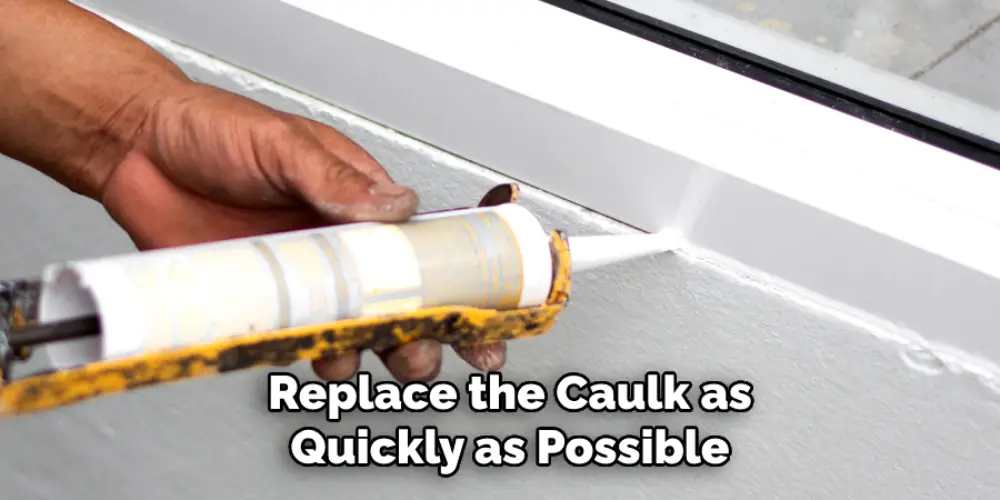
If you have caulked seams around your windows or door frames, it’s important to check them regularly for cracks or gaps. If any of these spots are damaged, be sure to replace the caulk as quickly as possible to prevent water from seeping into the walls and causing white powder to accumulate.
7. Check for Leaking Pipes:
Be sure to check your pipes regularly for any signs of leakage. If you do find a leak, be sure to contact a professional plumber as soon as possible to have it repaired. This will help prevent further damage and keep moisture levels low in your basement. Checking your pipes should be a part of your regular home maintenance schedule.
8. Use Exhaust Fans:
If you have any bathrooms or kitchens in your basement, it’s important to use exhaust fans when showering or cooking. This will help to keep the air circulating and reduce the amount of moisture that gets trapped in walls. Using an exhaust fan is also a great way to prevent mold growth.
9. Check for Poor Drainage:
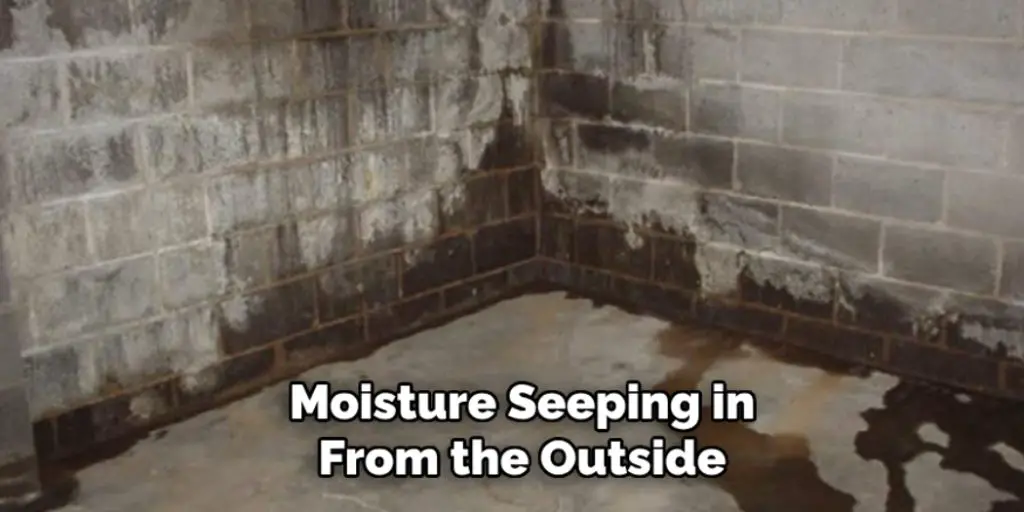
If your basement has poor drainage, then it’s likely that white powder is forming on the walls due to moisture seeping in from the outside. Be sure to check the grading around your house and make any necessary adjustments if needed. This will help to prevent white powder from forming on your basement walls.
Ultimately, white powder on your basement walls can be a hassle to deal with but it doesn’t have to be! By following these simple tips, you can ensure that your basement stays dry and free from any damaging flaws. With a little bit of TLC, you can protect your basement from moisture and keep it looking great for years to come!
Additional Tips and Tricks to Get Rid of White Powder on Basement Walls
1. For molds and mildew, use a combination of a detergent solution made from warm water and bleach to kill them off before scrubbing with a stiff brush. Rinse the area thoroughly with clean water after scrubbing.
2. If you are dealing with efflorescence, you may need to use a special chemical solution such as muriatic acid or synthetic resins to get rid of it. Be sure to follow the instructions on the package and wear protective gear while using these chemicals.
3. To prevent future accumulation of white powder in your basement walls, make sure to check for water leaks and patch them up promptly. You can also use a dehumidifier to help keep the humidity levels in your basement at a minimum.
4. Lastly, if you are unsure how to identify what kind of white powder is present in your walls, it’s best to consult with a professional who specializes in this type of remedy. They will be able to assess the problem and provide you with advice on the best course of action.
By following these tips and tricks, it’s possible to get rid of white powder on basement walls for good! With a little bit of effort, your basement can look as good as new in no time. Just remember to take all necessary safety precautions when using chemicals, and always consult a professional if the issue persists. Good luck!
Frequently Asked Questions
What Causes the White Powder on Basement Walls?
The white powder that may form on your basement walls is usually a natural accumulation of calcium carbonate, more commonly known as efflorescence. This can happen when there is high humidity and moisture in the air which can cause salts to dissolve in water and then be left behind on surfaces.
What Damage Can Occur if the White Powder Is Not Addressed?
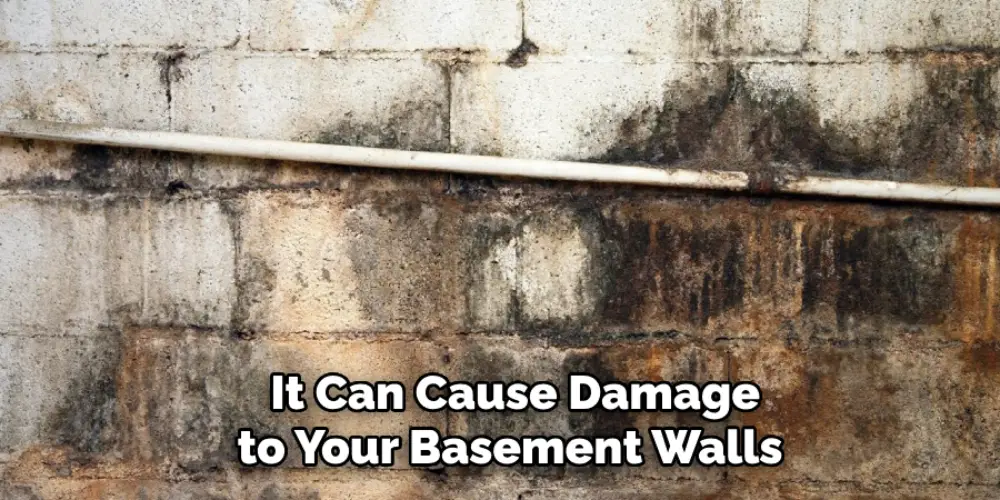
If the white powder is not addressed, it can cause damage to your basement walls including staining, discoloration, and even structural instability. In addition, the powder can attract and harbor mold which can be a health concern.
How Do I Get Rid of the White Powder on My Basement Walls?
The best way to get rid of white powder on your basement walls is to first identify and address the source of moisture. This could include fixing leaking pipes or ensuring proper drainage around the exterior of your home. Once the source has been addressed, you can use a solution of water and vinegar to clean off the affected walls. You can also use a commercial waterproofing sealant to protect the walls from further damage or staining.
Are There Any Long-Term Solutions for Preventing White Powder on My Basement Walls?
Yes, there are several long-term solutions that can be used to help prevent white powder on your basement walls. One of them is to use a dehumidifier to reduce the amount of moisture in your basement. You can also apply a waterproofing sealant to your walls to help protect them from further damage and staining. Additionally, you can install an interior drainage system that will ensure any water is directed away from your walls and towards a sump pump or other appropriate area.
Conclusion
Finding relief from white powder on basement walls can be a complicated and tedious process. However, following the ways outlined in this post can help make the process more manageable. To prevent this from happening in the future, ensure that you are maximizing air circulation and keeping the dampness away from your home. If there is already an existing problem then take proactive steps to identify the source of moisture infiltration and maintain relative humidity levels within 30-50%.
In addition, inspect regularly for possible cracks or entry points where moisture may be entering your basement’s walls. Regular cleaning with a mild detergent can help get rid of white powder on your walls while periodic painting may be necessary to protect them. Taking all these steps will guarantee that you keep your basement white powder free! Don’t wait any longer – start acting now on how to get rid of white powder on basement walls!

